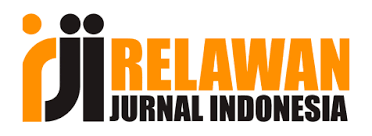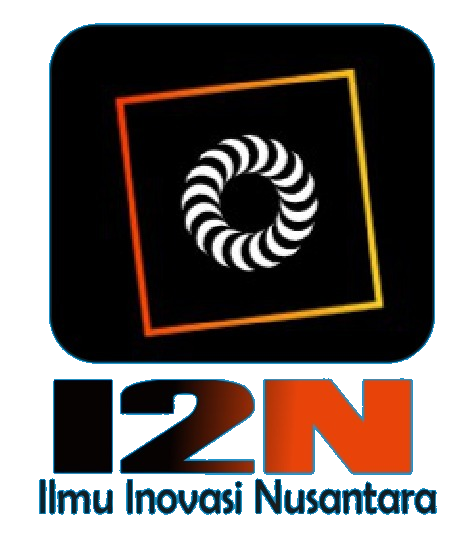Learning Technology and Society in The Social Sciences
DOI:
https://doi.org/10.58557/ijeh.v2i2.89Keywords:
Technology, society, social scienceAbstract
The development of technology is very rapid. The institution of education cannot be separated from the use of technology. The use of technological applications in learning systems has become commonplace in this digital era. However, the use of technology in learning must be more selective which can have a positive impact on students. Learning is a process to obtain changes that are carried out consciously, actively, dynamically, systematically, continuously, integrative, and have clear goals. Learning is an activity in which there is a process of teaching, guiding, training, and giving an example. The research objectives of this research are; a) to find out learning using technology, b) to find out the community applies social science, and c) to know the community uses technology and social science. The research method used in research is library research. In this study, researchers used sources in the form of books, journals, articles, or reviews related to technological literacy. The results showed that institutions of education have accepted and many use technology as a support for the learning process. Then the second is that people who apply social science can develop an emotional, intellectual, and social culture that can teach students to have a way of thinking critically and behavior responsibility in a social society. In the end, science and technology have positive and negative impacts. The user of technology, society, or students must be more selective in the use of technology
References
Amirusi, M & Oktapyanto,R.R.Y. (2020). Pendidikan IPS Multikultural (sebuah Pengantar pendidikan Multikulturalisme). Bandung: Yrama Widya
Ahmadi, I.K & Sofwan, A. (2011). Mengembangkan Pembelajaran IPS Terpadu. Jakarta: PT Prestasi Pustakaraya
Arsyad, A. (2015). Media Pembelajaran. Jakarta: PT Rajagrafindo Persada
Yanuar, A. (2015). Rahasia Jadi Guru Favorit-Inspiratif. Yogyakarta: Diva Press
Jones, P., Bradbury, L., & Boutilleir, S. L. (2016). Pengantar teori-teori sosial.(p. 86). Jakarta, Yayasan Pustaka Obor Indonesia.
Djamarah, S.B & Ain, A. (2015). Strategi Belajar Mengajar. Jakarta: Rineka Cipta
Dimyati & Mudjiono. (2013). Belajar & pembelajaran. Jakarta: Rineka Cipta
Fauzi, A. (2014). Manajemen Media Pembelajaran. Cirebon: Eduvision Publishing
Gunawan, R. (2014). Pengembangan Kompetensi Guru IPS. Bandung: CV. Alfabeta
Kamsina, Khomarudin. (2020). Integrasi Teknologi dalam Pembelajaran Implementasi Pembelajaran Ilmu Teknologi Dan Masyarakat. Edueksos : Jurnal Pendidikan Sosial & Ekonomi. 9. 10.24235/edueksos.v9i2.7103.
Syams, Y. (2018). Perkembangan Peserta Didik. Depok: PT. Raja Grafindo Persada
Rusdiana, A & Heryati, Y. (2015). Pendidikan Profesi Keguruan. Bandung: CV. Pustaka Setia
Sapriya. (2019). Pendidikan IPS Konsep dan Pembelajaran. PT Remaja Rosda Karya
Suryatman, D & Puspitasari, E. (2018). Efektivitas Koperasi Kelompok Tani Mayasari Terhadap Kesejahteraan Masyarakat di Desa Kaliwedi Kidul Kecamatan Kaliwedi. Penelitian. LPPM IAIN Syekh Nurjati Cirebon.
Yunsirno. (2011). Keajaiban belajar. Pontianak: Pustaka Jenius publishing
Nasution, T & Lubis, M.A. (2018). Konsep Dasar Ilmu Pengetahuan Sosial. Yogyakarta. Samudra Biru
Anggraeni, A. D. (2018). Analisis Pendekatan ITM (Ilmu Teknologi Masyarakat) di Dalam Mengatasi Pembelajaran IPS Pada Peserta Didik. Jurnal Dimensi, 7(1), 1-9.
Agustian, N., & Salsabila, U. H. (2021). Peran Teknologi Pendidikan dalam Pembelajaran. Islamika, 3(1), 123-133.
Yusmantara, U. (2014). Penerapan model ITM pada pembelajaran IPS pengaruhnya terhadap pemahaman konsep dan keterampilan sosial siswa Sekolah Dasar. EduHumaniora, 6(1), 1-7.
Downloads
Published
How to Cite
Issue
Section
License
Copyright (c) 2022 Euis Puspitasari

This work is licensed under a Creative Commons Attribution-ShareAlike 4.0 International License.














